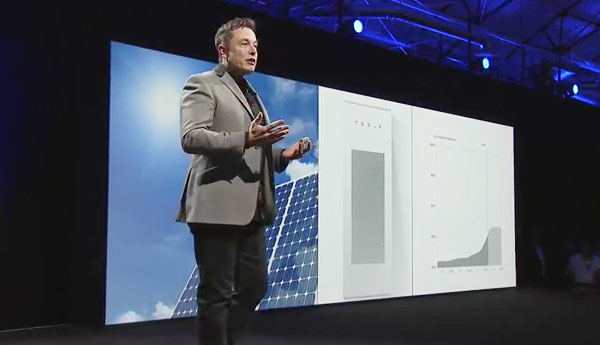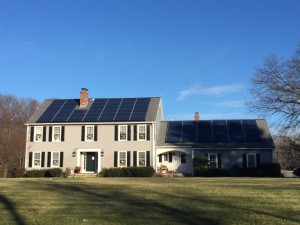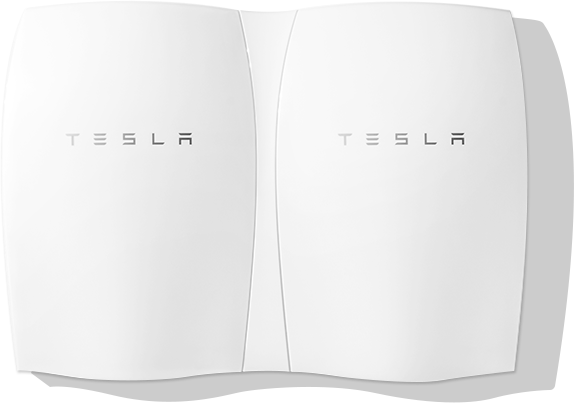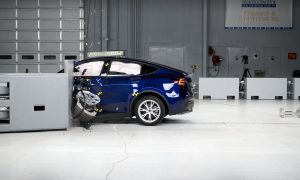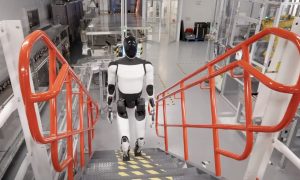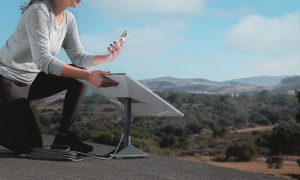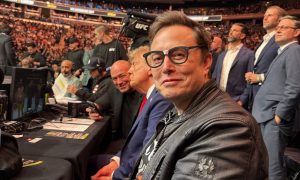Bloomberg News questions whether the Tesla Powerwall — introduced to great fanfare on April 30 — makes economic sense. Their answer? It doesn’t — at least not now. Here’s why.
The Powerwall comes in two versions — a 7 kWh (kilowatt-hour) model and a 10 kWh unit. The smaller battery is design specifically for daily use. The larger battery is strictly a backup power supply.
SolarCity, Tesla’s sister company, has decided not to offer the 7 kWh battery with its rooftop solar systems. That battery “doesn’t really make financial sense,” SolarCity spokesman Jonathan Bass tells Bloomberg. That’s because customers can make money selling their excess solar power back to the grid during the day when rates are high rather than using it to charge up a battery.
Of course, the economics will vary considerably across the country. Not all states require utilities to accept electricity from home solar systems and each electric company has its own rate structure.
SolarCity Offers Larger Powerwall
SolarCity says it will only offer the 10 kWh battery to new rooftop solar customers. “Our residential offering is battery backup,” Bass said in an e-mail. Unlike the smaller unit, which is intended for daily use, the 10 kWh battery is designed for no more than 50 discharge cycles a year. Homeowners can buy it outright for $7,140, including an inverter and installation, or lease it for $15 a month for 9 years with an upfront payment of $5,000.
The 10 kWh battery is rated at 2 kilowatts of continuous power. Does that sound like a lot? It’s not. That’s only enough to run a hair dryer or 2 small window air conditioners for about 5 hours. To provide enough electricity to power a typical home would take eight Powerwall units working together. According to Bloomberg, that would cost $45,000 (if the nine year lease option is selected). There are no known discounts for multiple purchases at this time.
“It’s a luxury good—really cool to have—but I don’t see an economic argument,” said Brian Warshay, an energy and smart technologies analyst with Bloomberg New Energy Finance. Bloomberg suggests you could get the same back up capability from a $3,700 generator available at Home Depot.
Demand Is “Crazy”
The Powerwall that has captured the public’s imagination has a long way to go before it makes economic sense for most people. Even in Germany, where solar power is abundant and electricity prices are high, the economics of an average home with rooftop solar “are not significantly enhanced by including the Tesla battery,” according to an analysis by Bloomberg New Energy Finance.
None of this has dampened the enthusiasm of prospective Powerwall users. Since Elon Musk’s announcement last week, the company has received inquiries from 38,000 people. Demand is so strong, Tesla is considering using its GigaFactory exclusively for residential and commercial storage batteries instead of batteries for its automobiles. There are even rumors it plans to expand the GigaFactory, which isn’t even built yet. Musk says demand has been “crazy off the hook.” He acknowledges that the Powerwall is more expensive than grid power, but says, “that doesn’t mean people won’t buy it.”
If the numbers don’t add up, why would people be in such a frenzy to get a Powerwall of their very own? SolarCity’s Bass says, “There’s a tremendous amount of interest in backup power that’s odorless, not noisy and completely clean.” But its more than that. Some observers call it “The Prius Effect”. Once you think someone else has something new and sexy, you want one for yourself. It’s just human nature.
Elon Musk is a master at creating buzz and then leveraging it. Everywhere you look this week, there are news stories about the Powerwall and what a huge leap forward it is. If all the people who signed up after last week’s announcement follow through, all those new orders will amount to $800 million in new business for the company. The orders are continuing to pour in like a flood tide into the Bay of Fundy.
Tesla Drives Costs Down
Is there anything truly remarkable about the Tesla Powerwall? Yes, there absolutely is. Based on the asking price for the Powerwall, Tesla has managed to get the cost of its batteries down to $250 per kilowatt-hour, something the “experts” claimed couldn’t happen before 2020. That gives Tesla a sizable marketing advantage over other battery companies and that’s before the GigaFactory starts production. Once that comes online, battery prices will undoubtedly fall even more. Musk’s faith in economies of scale seems to be paying off.
What’s Ahead For Tesla?
The truth is that Tesla is really not in the “off the grid” home battery market right now, although there is talk about offering batteries to residents of Hawaii, where electricity costs triple what it does on the mainland. Tesla really has its sights set on commercial and utility scale products. Utility companies often charge commercial and industrial customers their highest rates.
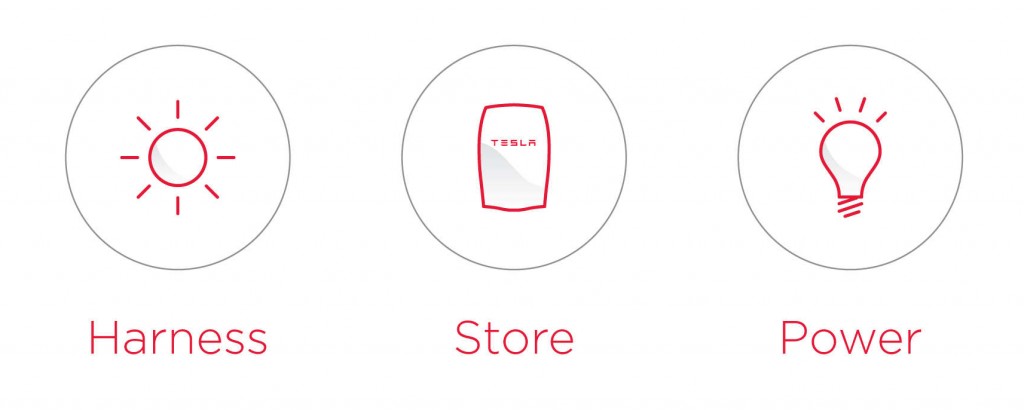
Business and industry can now charge their Tesla PowerPacks at night when rates are low. Or they can use solar panels to charge them during the day. Either way, they avoid buying electricity from utility companies at peak demand rates.
A battle is shaping up between energy makers and energy storage providers. The outcome will be nothing less than an upheaval in the way electricity is made and distributed. Battery storage is disruptive technology and there is no one who is more of a champion of disruptive technology than Elon Musk.
In 10 years, residential battery storage systems will be as common as stoves and refrigerators. No home will be without one. SolarCity’s Bass suggests that’s when the Tesla Powerwall will begin to make economic sense. Microgrids that soak up energy from the sun to charge grid scale batteries will be everywhere. Utility companies as we know them will become marginal players. The Rocky Mountain Institute predicts that demand for electricity from traditional utility companies will decline by 50% in the next 10 years.
As the market for electricity changes, there will be winners and losers. There is no question Elon Musk plans on being one of the winners.
Source: Bloomberg News

